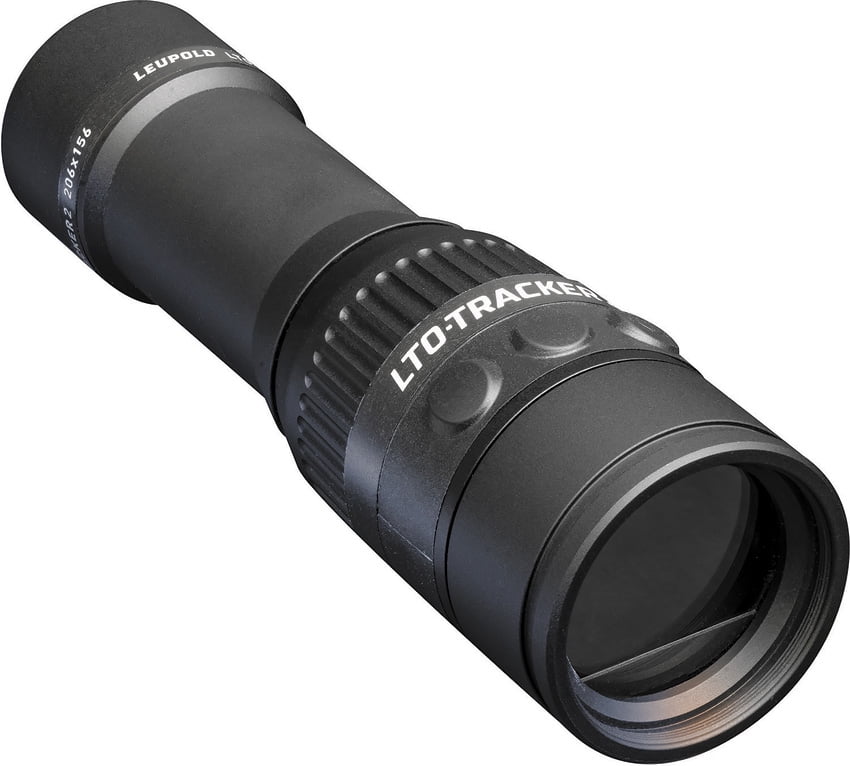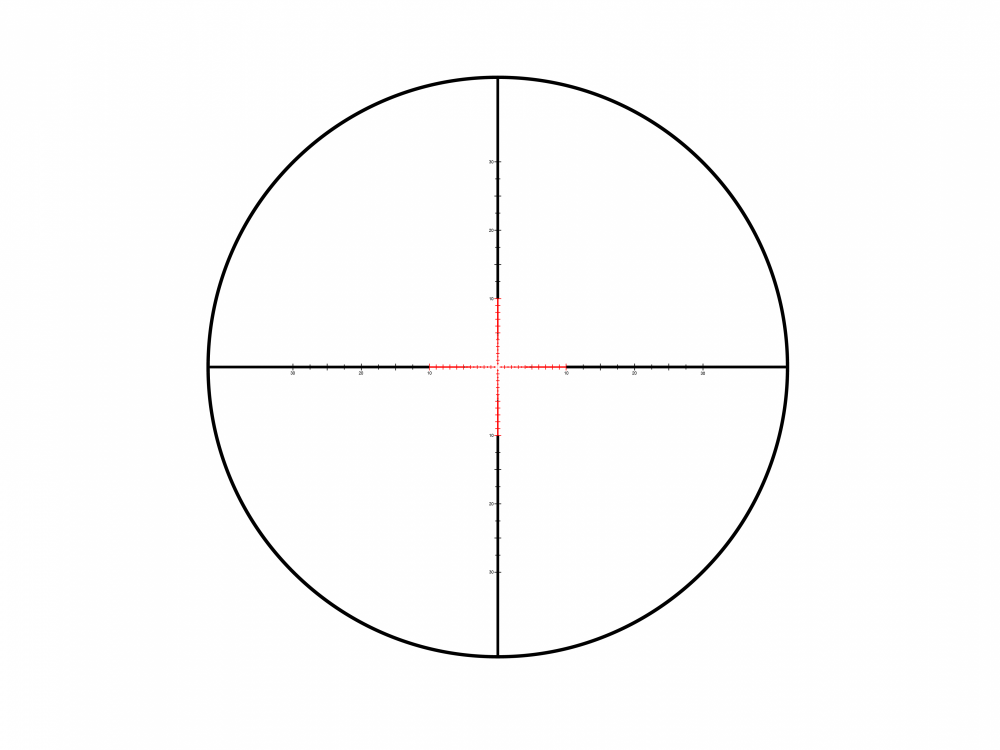
In, the authors mounted a modified commercially available long-distance microscope axially in the bore of the MR magnet and used a 90° tilt mirror to observe the sample. In the literature, there are, however, only very few examples where in-situ optical microscopy in MR settings has been attempted. Furthermore, it can provide real-time information, for example in the case of living specimen as we further discuss in the summary and outlook section. This has the advantage that the MR image is acquired simultaneously with the optical image, such that the object does not need to be fixated and the exact alignment of the sample is not critical. This is, however, usually done with an ordinary microscope ex-situ with a fixated object.Īnother approach is in-situ optical observation. ) and in some cases to explicitly correlate an optical image with the MR image. Hence, the combination with optical microscopy is used in most cases to identify structures and orientation of the sample in the MR image (e.g.

Furthermore, there is a large number of modern techniques for super-resolution and three-dimensional imaging. In these cases, the optical technique provides a lower resolution-a few mm -than the MRI.įor MR microscopy, this is different: Optical microscopy can penetrate often reasonably well into the sample, it provides a resolution that is by far superior to the MR resolution and there are techniques such as fluorescence or staining to highlight particular structures. The combination of MRI with optical techniques in or near the visible spectrum such as fluorescence or bioluminiscence imaging is, however, of limited use for conventional (animal or human) imaging because the high scattering and hence limited penetration depth are a limiting factor in large objects unless we perform endoscopy or similar techniques. Multimode imaging may combine the advantages of both techniques.Īfter the multimodal combination of positron emission tomography (PET) and computed tomography (CT) has become common in medical imaging to combine functional and anatomic imaging, PET is also combined with MRI when MRI is the preferred anatomical imaging technique. These resolutions are still significantly above optical microscopy and require long observation times.

While isotropic resolutions at room temperature around 3μm and anisotropic resolutions of 1 × 1 × 75μm 3 have been achieved, they require very small radio frequency (RF) coils of a few 100μm diameter the resolution decreases with larger RF coils and hence larger sample volumes. MR-microscopy allows-with conventional spatial encoding by magnetic field gradients-to observe samples of the mm and sub-mm-scale with a resolution down to the μm-scale to image, e.g., single cells or fine biological structures. Two areas in magnetic resonance (MR) imaging (MRI) with great potential are MR-microscopy and multimode imaging. We present the design, implementation and characterization of the prototype including the general optical and MR-compatible design strategies, a knife-edge optical characterization and different concurrent imaging demonstrations. The optical layout uses an adaptive lens for focusing, 2 × 2 modular combinations of objectives with 0.6mm to 2.3mm field of view and 4 configurable RGBW illumination channels and achieves a plano-apochromatic optical aberration correction with 0.6μm to 2.3μm resolution. We further integrated a waveguide in the optical layout for the electromagnetic shielding of the camera, which minimizes the noise increase in the MR and optical images below practical relevance. With a design that minimizes the magnetic distortions near the sample, we achieved a field inhomogeneity of 19 ppb RMS.

Our microscope is designed to operate inside a 9.4T small animal scanner with the option to use a 72mm bore animal RF coil or different integrated linear micro coils. We present the development of a dual-mode imaging platform that combines optical microscopy with magnetic resonance microscopy.


 0 kommentar(er)
0 kommentar(er)
